Just Boxes or Brilliance?
Andrea Aternali
Everyone can agree that the Habitat 67, designed in 1965 by Moshe Safdie and finally completed 5 years later, has a very unique structure. Whether or not it is appreciated by the public is a different story.
As a Montréaler, having seen the location and the building itself, I think highly of anyone who lives in Habitat 67 because of their excellent and expensive taste. I would adore living in that apartment building when I am older because of the wonderful view and the fact that it is close to downtown Montréal. I would be especially happy because I would live in such a unique and well known structure in Montréal.
Habitat 67 is located on a peninsula between Montréal and the Expo islands, which were created in 1967 during the International and Universal Exposition, more commonly known as the Expo 67. The apartment building has a complex stacking pattern that is much more involved than an ordinary observer might think. The support system of the concrete boxes can be seen by the back of the building; however, it is well hidden to onlookers observing the building from the front, along the main road. Habitat 67 has wonderful views, from both the front and back of the building: a direct view of the old port of Montréal on one side and the Expo islands on the other. It also has a small park and a current in the water below, which is used for surfing by many Montréalers.
Some Montréalers agree that Habitat 67 is too modern and can only be appreciated by younger generations, or those who like things which are not conventional. People also say it lacks colour and is too boxy. Some would go as far as saying that the building looks as though a child had stacked Lego blocks on top of each other in irregular shapes and an architect decided to call it the model for a new apartment building. These observers, however, fail to see that Habitat 67 is much more original and unlike any other building around the world. An exception is perhaps the Nakagin Capsule Tower, designed by architect Kisho Kurokawa in Japan in 1972, two years after the completion of Habitat 67, which suggests perhaps the architect was inspired by the structure in Montreal. This isn’t hard to believe, because architecture in Montreal is inspiring, especially to me.
The apartments themselves are truly impressive because each one is actually a concrete box stacked on top of one another to complete an apartment building. It is pleasant to have places in Montréal, such as Habitat 67, that are interesting to look at and have ‘real’ architecture, in a sense that it is not just a rectangle-shaped building; it is fascinating to observe and look at its one-of-a-kind structure and follow the way in which the boxes are connected. Real architecture to me is architecture which involves a lot of thinking and coming up with original ideas: like in Habitat 67. It’s something like that had never been done before; usually architects are inspired by other buildings but in this case it is obvious that the architect came up with the idea of stacking up apartments like blocks on his own. This to me is ‘real’ architecture.
I am surprised that the idea of having boxes piled on top of each other has not become more popular in other cities. In spite of the fact that Habitat 67 is an important and inspiring part of Montreal, architects have not been very enthusiastic about the structure and have therefore not built similar buildings in other cities. But if the building were to be incorporated into too many structures then the original won’t be as special as it is now.
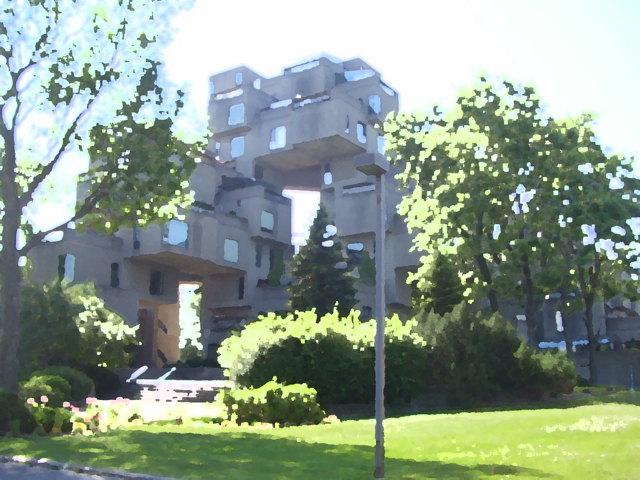
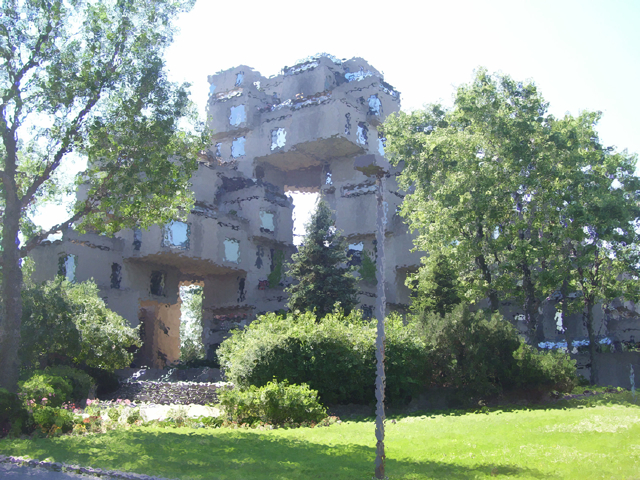
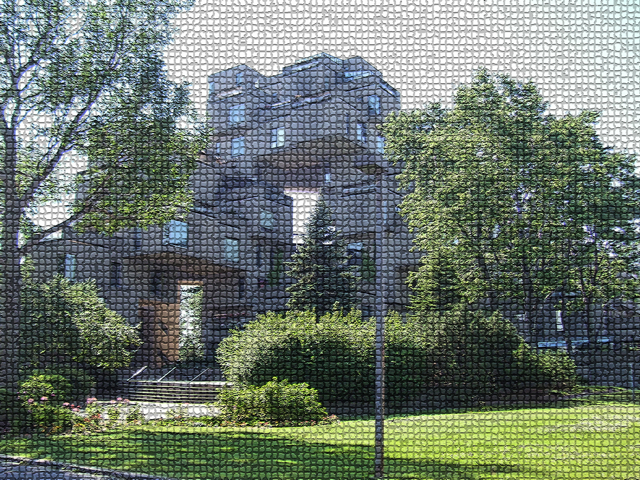
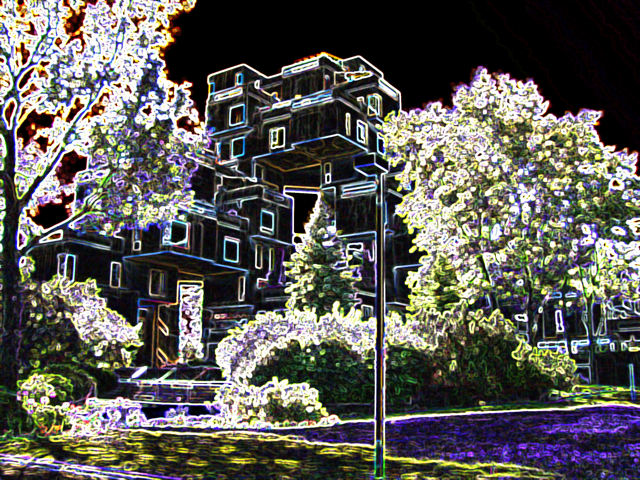
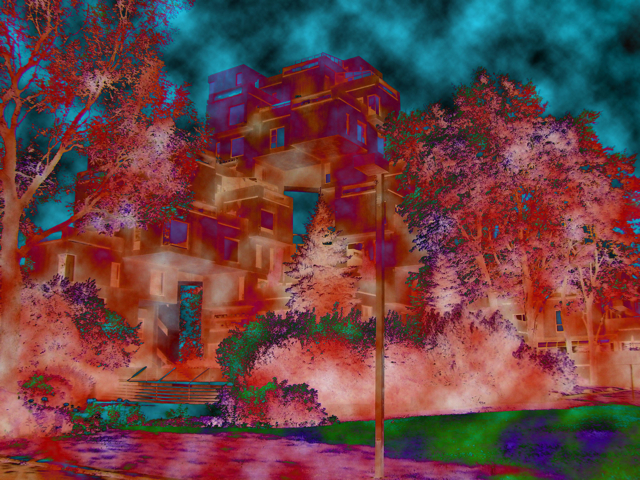
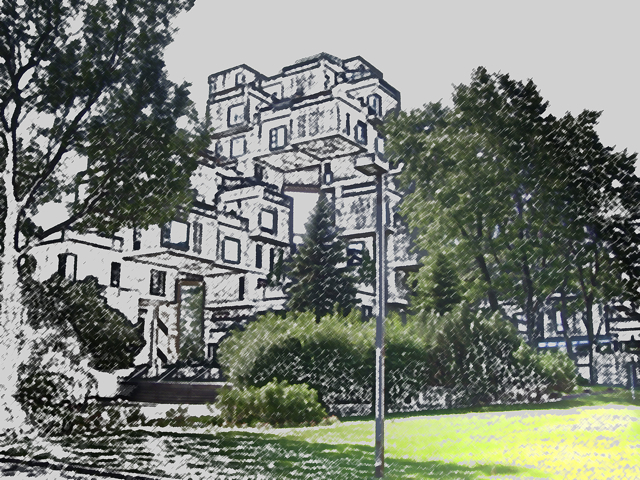
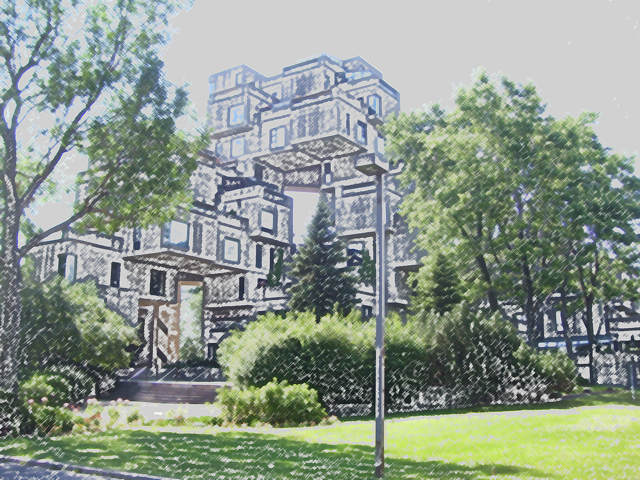
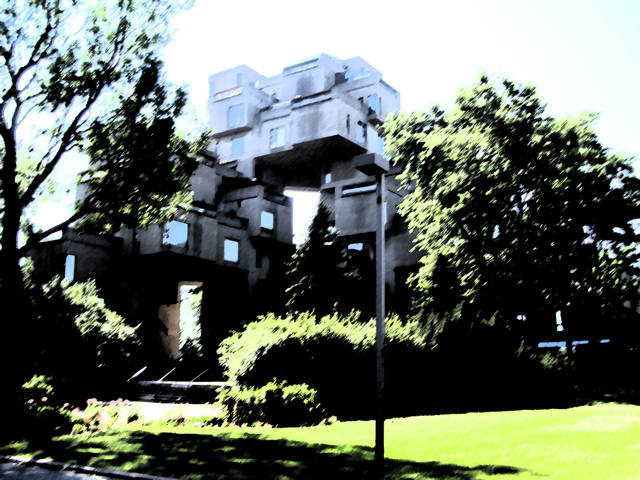

Votre nom sera affiché avec votre commentaire. Votre courriel sera gardé confidentiel.